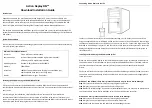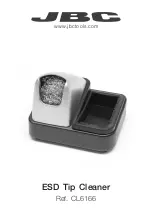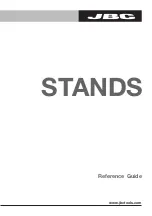
TEBS E
11
Workshop notes
187
What is to be tested?
What must be done?
Measure the brake forces on all axles of an unladen vehi-
cle on the roller test stand.
The lifting axle is lifted and must be lowered for the test.
LSV characteristic when the vehicle is stationary
The characteristic output by EBS for the unladen or laden
vehicle checked with a pressure gauge.
•
Connect a fine pressure control valve and pressure gauge
to the coupling head.
•
Connect a pressure gauge to the ‘Brake cylinder’ test
connection.
•
Supply the vehicle with electrical power.
•
Slowly increase the pressure using the fine control valve
and record the pressure gauge values.
Simulate what?
What must be done?
Laden vehicle
Set bellows pressure < 0.15 bar with:
•
Use rotary valve (ECAS...) to lower the vehicle onto
buffer.
•
Connect a test valve to connection 5 and simulate ‘laden’
bellows pressure.
•
Set the unladen braking pressure to 6.5 bar in the pa-
rameter settings (new start-up required at the end of the
measurements).
Simulation ECAS vehicle: A test connection with an inte-
grated directional control valve (463 703 … 0) is to be in-
stalled in connection 5 of the modulator to simulate a ‘laden’
status if necessary.
Please note: Reconnect plug ‘axle load sensor’.
Lowering the lifted lifting axle(s) of the unladen vehicle.
Setting an air suspension pressure < 0.15 bar:
•
Venting the support bellows using the rotary slide valve.
•
Connecting a pressure simulation to port 5 of the modula-
tor.
•
TEBS E Diagnostic Software
Test mode for checking the LSV characteristic. The emer-
gency braking function and standstill function are switched off
in test mode.
Switch on ignition / electrical power supply with the vehicle
stationary and no pressure at the coupling head.
Please note: Test mode is switched off when the vehicle is
moved at faster than 2.5 km/h or no later than after 10 min-
utes.
















































